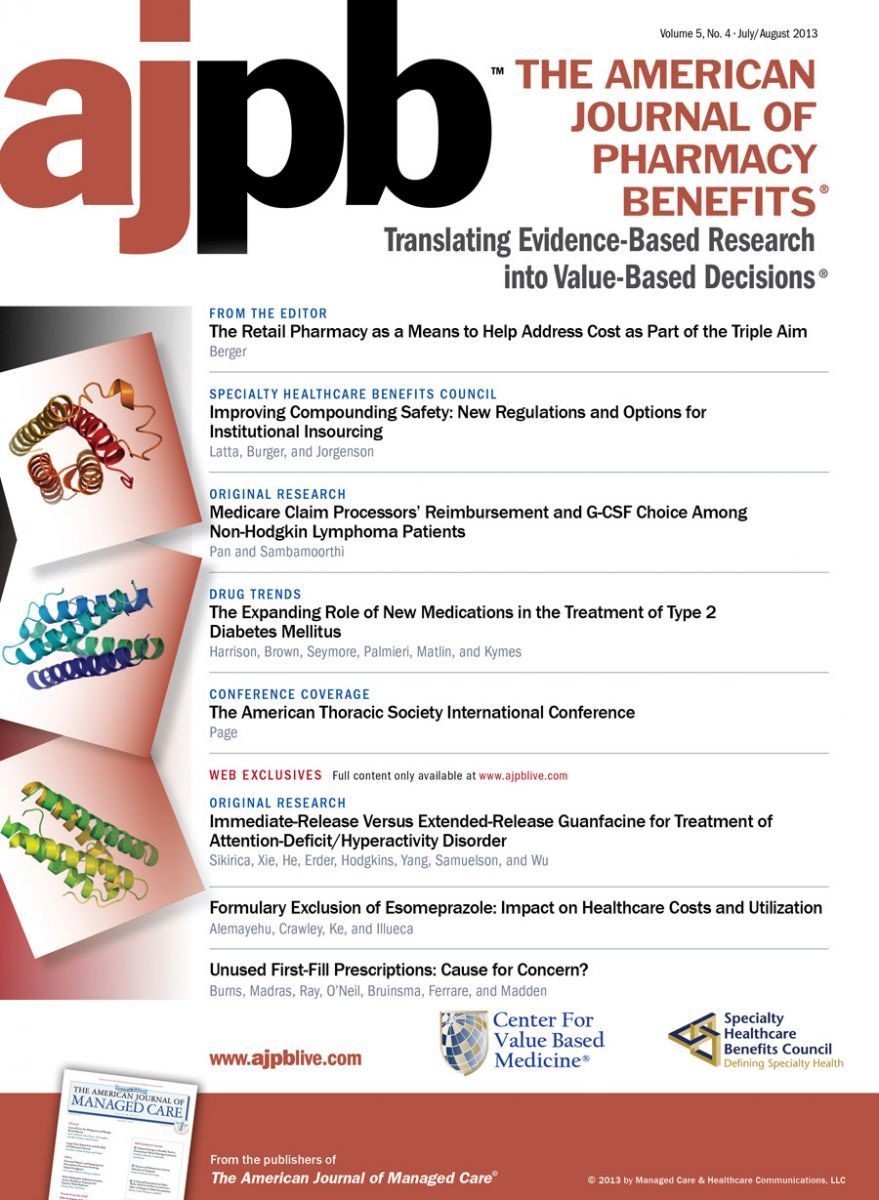Publication
Article
AJPB® Translating Evidence-Based Research Into Value-Based Decisions®
How to Systematically Capture Meaningful Patient Input
Author(s):
A tool for organizing patient concerns and comments to ensure that the FDA captures the comprehensive information it needs to integrate patient perspectives throughout the agency's review process.
The life of a person with a chronic disease or disability can be a complex journey. I think the author Dr Seuss described it well when he wrote, “You’ll get mixed up, of course, as you already know. You’ll get mixed up with many strange birds as you go. So be sure when you step. Step with care and great tact, and remember that Life’s a Great Balancing Act.”1
With every step, every mile, every detour along the continuum of a disease or disability, each patient is unique and confronted with a condition that manifests itself differently at different points of the life cycle.
For years, the US Food and Drug Administration (FDA) has struggled with integrating the many varied patient voices into its decision processes. The agency recently released a draft 5-year plan to develop and implement a structured framework to more proactively seek input from patients in a balanced consideration of the benefi ts and risks of new drugs.2 Such a mechanism would greatly advance the production of treatments that could enable people with chronic diseases and disabilities to live longer, healthier, and more robust lives.
In response to the reauthorized Prescription Drug User Fee Act, the FDA announced it will hold 20 disease-area meetings to learn fi rst hand from patients and family caregivers about the respective conditions’ impact on quality of life, individual experiences with treatment regimens, and potential outcome measures for clinical studies.3,4
These public meetings are an important fi rst step toward enhancing patient involvement in the FDA’s regulatory decision-making process. However, the agency needs to create an approach that goes beyond the 20 disease-area meetings in order to thoroughly integrate the patient perspectives throughout the agency’s review methods in a consistent and ongoing manner.
The National Health Council has developed a tool to systematically organize patient concerns and comments in order to ensure that the FDA captures the comprehensive information it needs from patients, family caregivers, and patient advocates (
Table
).5 The proposed tool is based on 3 steps—identify the subpopulations for a given condition, describe the impact of the disease by subpopulation, and describe the treatment and management options.
Patient populations are often very diverse and can span a wide range of demographics. The fi rst step is to stratify the population of individuals living with a given disease, based on age and the disease progression and severity.
In step 2, the impact of the disease on the specific subpopulations is described. This description includes the symptoms experienced and the comorbidities associated with the disease. In addition, the tool asks about the social factors of importance to the given subpopulation and the impact of the disease on their day-to-day life issues. The tool also collects information on outcome measures, either patient identified or patient reported, that would best meet the individual needs and priorities of people within the subpopulation.
Finally, in step 3, the tool captures information on the availability, effectiveness, and safety of treatment and management options for a specific subpopulation. Recognizing real-world experiences, the tool specifically addresses the range of treatment and management options actually used by the specific subpopulation, whether the options are approved or not by the FDA. Taken together, the information gleaned through use of this tool will help the FDA better align new treatments with the needs and priorities articulated by the people the drugs are designed to help and identify where additional focus may be needed within a disease area. The patient community is eager to partner with the FDA, and the most effective way to do this is through regular, meaningful, and predictable opportunities for patient engagement, along with a set of expectations on how those opportunities will ultimately inform the FDA’s processes.
As the agency considers how to integrate the views of patients regarding benefits, risks, and their desired health outcomes, the patient community urges the FDA to be mindful that patient engagement cannot be conducted in isolation or at any 1 point in time. To accomplish truly meaningful involvement, the commitment to communication must extend across the full spectrum of patients throughout the life cycle of a condition. The stratification tool for assessing patient subpopulations can greatly facilitate more productive and broader communications between the FDA and people with chronic conditions.







